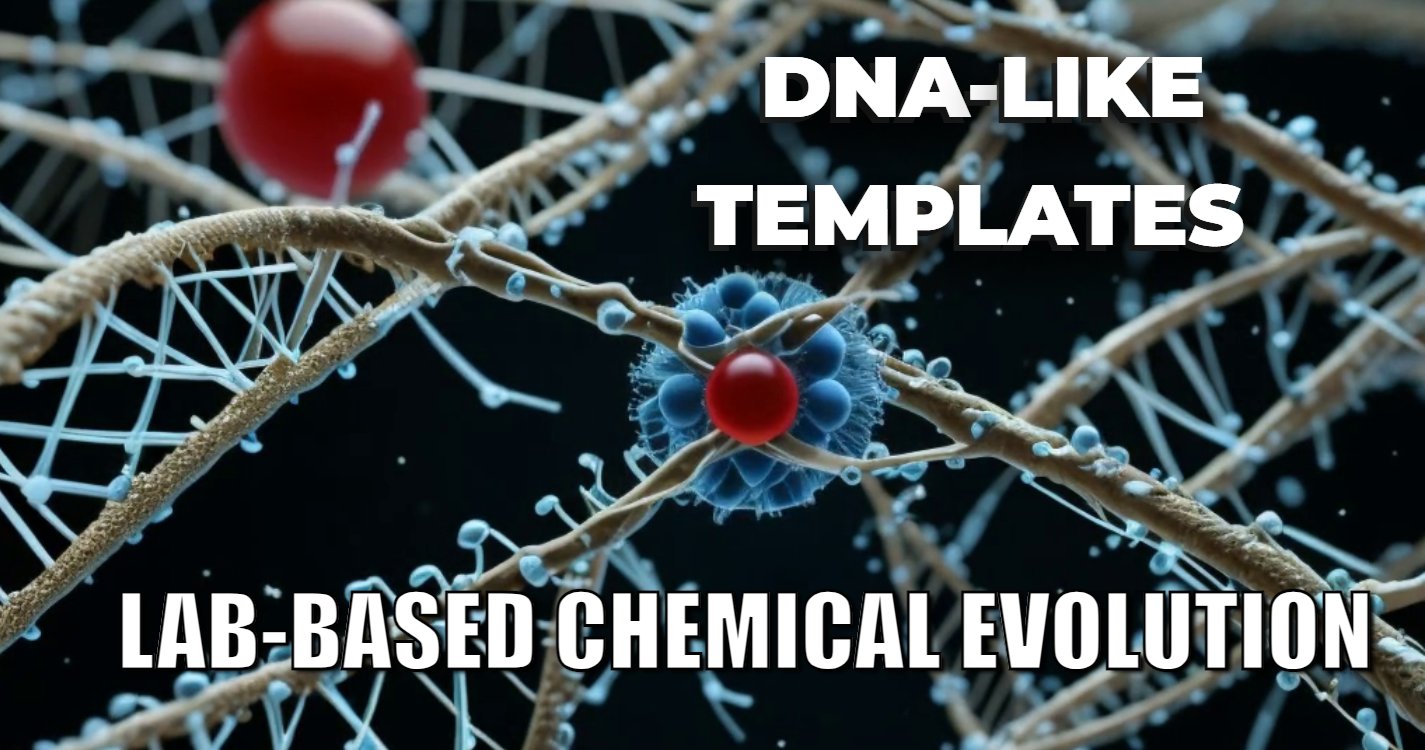Controlling the precise design of metal nanoparticles for catalysis is a challenge. Researchers are exploring metal nanoclusters encapsulated in metal-organic frameworks (MOFs) to achieve better control over their properties. Exciting possibilities for efficient nanoscale catalysts! #nanoparticles #catalysis #MOFs
- Metal nanoparticles (NPs) composed of noble metals are crucial in various applications, including catalysis and optics.
- Achieving precise control over nanoparticle size, shape, and composition is essential for enhancing their activity.
- A promising approach involves using metal nanoclusters stabilized with ligands and encapsulating them into metal-organic frameworks (MOFs).
- The encapsulation process is complex and requires a better understanding of the cluster-MOF interactions.
Facts
- Noble metal nanoparticles play vital roles in catalysis, optics, and sensors.
- The controlled design of nanoparticles is essential to increase their activity.
- Downsizing nanoparticles to lower nanometer sizes increases atom efficiency and density of active sites.
- Metal nanoclusters stabilized with ligands can be encapsulated in MOFs to achieve precise control over their structure and properties.
- The successful encapsulation of Pt-Co clusters in ZIF-8 MOFs demonstrates the potential for designing nanoscale catalysts.
- The size and structure of the clusters influence their distribution within the MOF, and different clusters show varying degrees of stability during encapsulation.
- Understanding the interactions between clusters and MOF building blocks is essential for successful encapsulation.
Metal nanoparticles, especially those composed of noble metals, are essential in various applications, such as catalysis, optics, and sensors. Achieving precise control over nanoparticle size, shape, and composition is crucial for enhancing their catalytic activity. One promising approach to achieve this is by using metal nanoclusters stabilized with ligands and encapsulating them into metal-organic frameworks (MOFs). MOFs provide a 3D, porous, and crystalline matrix that can effectively scaffold various species, including metal nanoclusters. This approach allows for the precise control of cluster size, composition, and spatial arrangement, which in turn affects the catalytic properties. The encapsulation process, however, is complex and involves interactions between the cluster and the MOF building blocks. Different clusters show varying degrees of stability during encapsulation, and the size of the cluster influences its distribution within the MOF. Understanding the cluster-MOF interactions and the encapsulation mechanism is crucial for designing efficient nanoscale catalysts and achieving better control over their properties.
Mechanistic Insights into ZIF-8 Encapsulation of Atom-Precise Pt(M) Carbonyl Clusters
- Kathrin L. Kollmannsberger, Poonam, Cristiana Cesari, Rachit Khare, Tim Kratky, Maxime Boniface, Ondfej Tomanec, Jan Michalicka, Edoardo Mosconi, Alessio Gagliardi, Sebastian Giinther, Waldemar Kaiser, Thomas Lunkenbein, Stefano Zacchini, Julien Warnan, and Roland A. Fischer E
- Metal nanoparticles are crucial for catalysis.
- Precise control enhances activity.
- Metal nanoclusters in MOFs.
- Complex encapsulation mechanisms.
- Efficient nanoscale catalysts.




